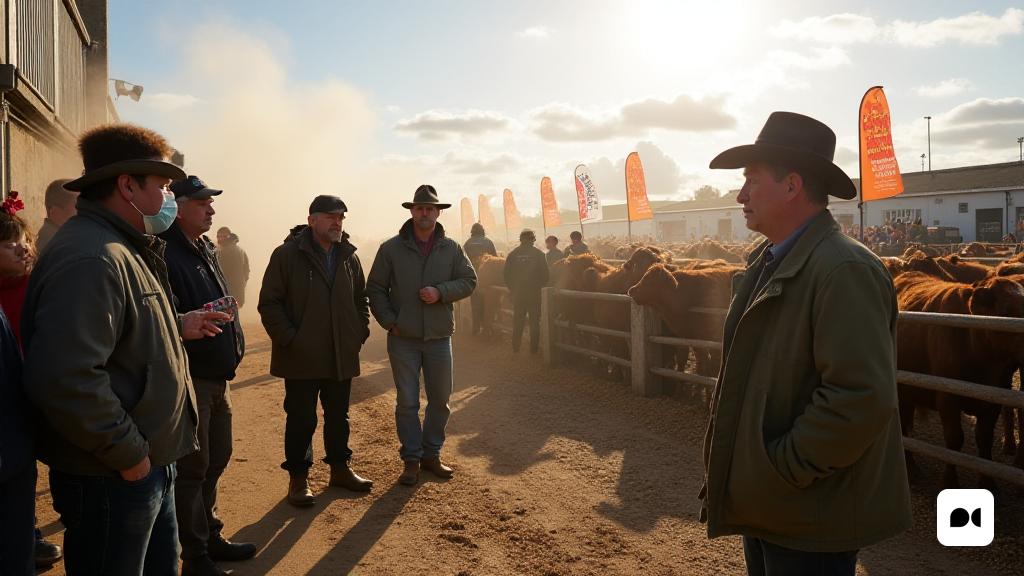Understanding the Silent Threat of Agricultural Dust
While the hazards associated with heavy machinery and livestock handling are frequently highlighted, a less visible but equally menacing threat lurks on farms: dust. The Health and Safety Executive Northern Ireland (HSENI) is collaborating with various organizations to elevate awareness about the health risks posed by airborne dust particles, particularly during events like the Balmoral Show.
Personal Stories: The Impact of Dust on Farmers
Take the case of Johnny Tuft, a seasoned farmer from Ballinderry, County Antrim. Recently, he shared his unsettling experience of persistent coughing that disrupted his sleep, a symptom he had previously dismissed as inconsequential. Now, he recognizes the importance of prioritizing lung health and is more inclined to seek medical advice.
The Statistics Behind the Risks
Every year, over 300 individuals in Northern Ireland lose their lives due to work-related illnesses, a statistic that underscores the critical need for increased vigilance among agricultural workers regarding their respiratory health.
Dust Exposure: An Everyday Reality
For farmers like Tuft, exposure to dust is an inescapable part of daily operations. From the bedding materials for cattle and poultry to the cultivation and harvesting of crops, dust is omnipresent. He highlights the challenges of maintaining safety protocols amidst the time pressures of farm work, often forgoing personal protective equipment (PPE) like masks.
Advocacy and Awareness at the Balmoral Show
HSENI’s deputy chief executive, Bryan Monson, emphasizes the importance of face-to-face interactions at events such as the Balmoral Show to communicate vital health information to farmers. The organization aims to provide practical advice on safeguarding lung health, especially given recent findings on the respiratory hazards associated with farming.
Expert Insights: The Science Behind Dust and Lung Health
Dr. Sean Roe, a senior lecturer at Queen’s University Belfast, warns that many farmers overlook early symptoms of respiratory issues, such as sniffles and coughing. He advocates for a preventive approach, emphasizing that once lung damage occurs, it can be challenging to reverse. He explains that dust inhalation can lead to scarring in the lungs, ultimately resulting in conditions like pulmonary fibrosis, which significantly impairs lung function.
Changing Perspectives: A Call for Proactive Health Measures
As Tuft reflects on his experiences and the health issues faced by others in the farming community, he acknowledges a shift in his attitude towards his respiratory health. He recognizes the need to take symptoms seriously and not to dismiss them as trivial, highlighting the importance of early intervention and regular health check-ups.
Looking Ahead: The Future of Farm Health Practices
The ongoing dialogue surrounding lung health in agriculture is crucial. As awareness grows and farmers like Johnny Tuft begin to take their health more seriously, it is hoped that the agricultural sector will adopt more rigorous health and safety practices. This shift could lead to a healthier future for those who dedicate their lives to farming, ensuring they can continue their vital work without compromising their well-being.

